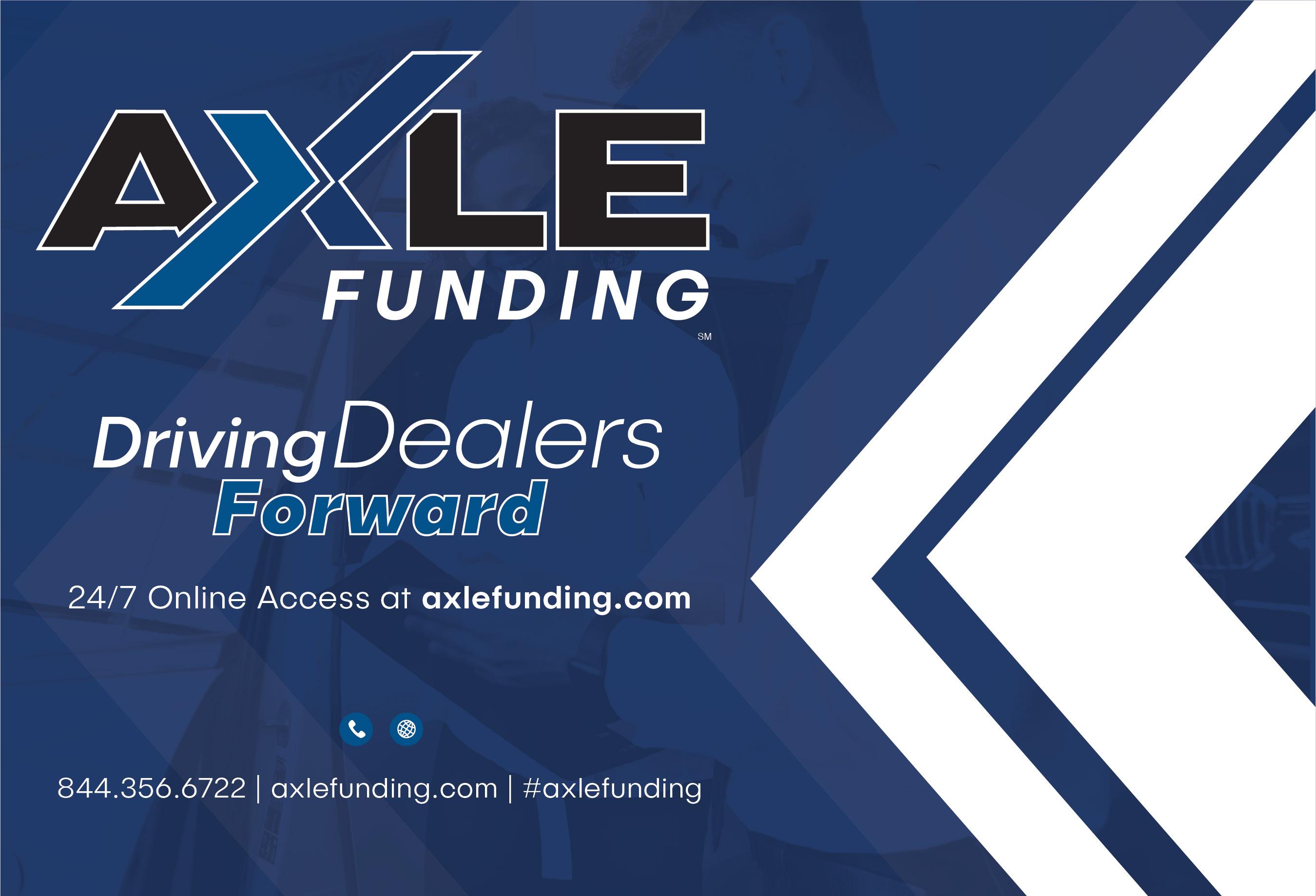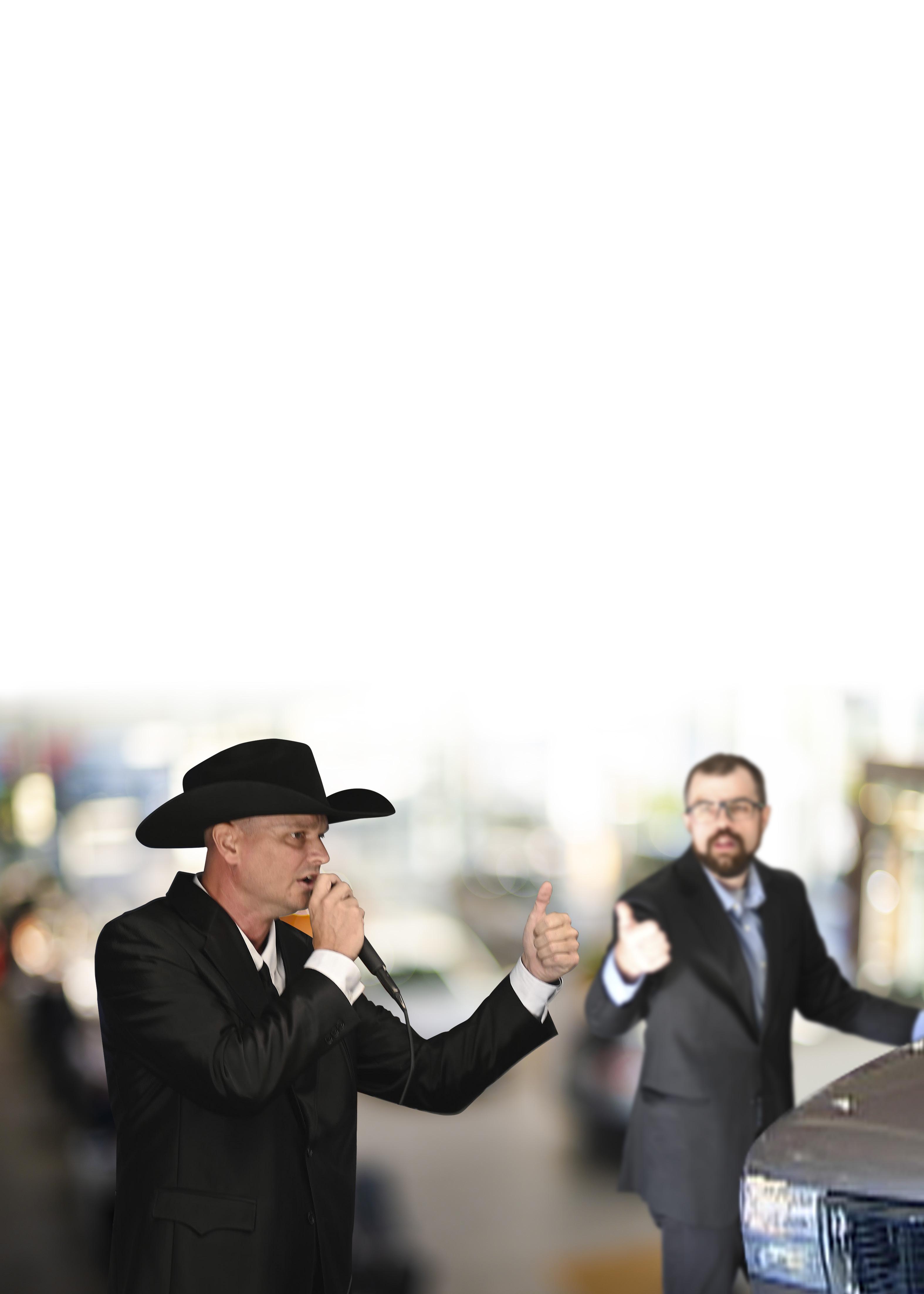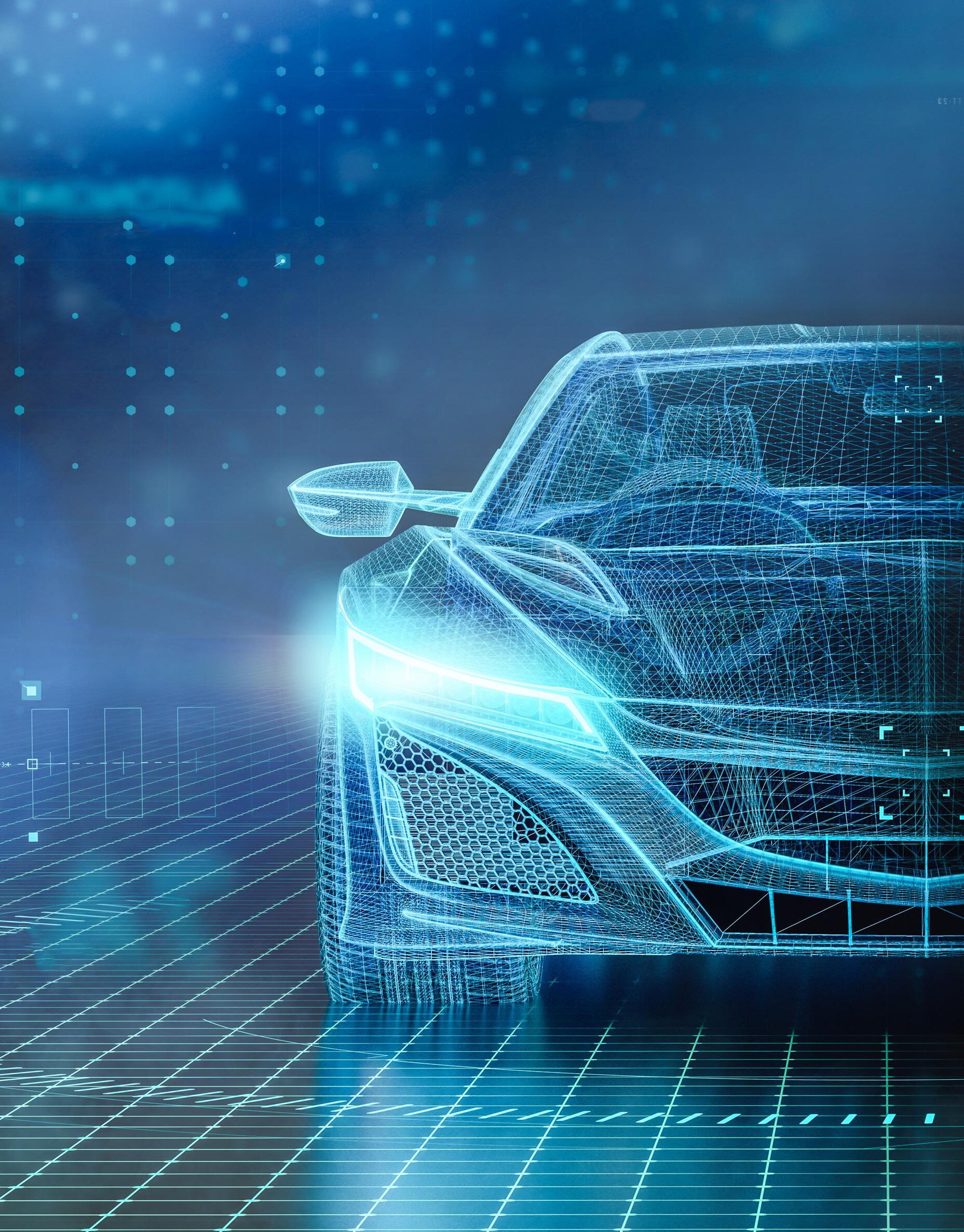
5 minute read
Wholesale Markets
California
David Aahl, vice president, North Bay Auto Auction, Fairfield, Calif.
“We’re in the Bay Area, on the north end of San Francisco Bay. We’ve been in business for 29 years.
“We recently won ‘Auction of the Year’ from Merchants Fleet for the third year in a row. To us, it’s a huge deal and we’re really proud of it.
“Currently we’re running four lanes every Thursday.
“We’re running about 450 a week. I would say inventory is starting to come back to the sale.
“Before COVID we were running two lanes and 600 or 650. But our sales percentages are way better than they used to be. It’s like 70s across the board – dealer cars, bank cars, everything.
“Our mix is probably 60/40. That’s 40% dealer cars and 60% that are pre- dominantly repossessions, with some lease returns, too.
“We’re seeing a couple of hundred guys in-lane and a couple of hundred bidders.
“We’re well over $10,000 on average price per car (sold). I would say pre-COVID it was $6,500ish. We’ve got a lot more lease returns in the lanes and those are about a $40,000 average.
“The commercial business has been one of the segments that’s grown the most. We call it ‘white metal’ because it’s mostly cargo trucks, pickup trucks, multiperson vans – anything for commercial use.
“We run those vehicles every week, plus we run GSA sales at least once a month, most of the time twice a month. That’s mostly that same plain jane governmentstyle stuff.
“The GSA is a steady flow. Maybe last month we sold
150 vehicles.
“Looking ahead, we have to remember there wasn’t a lot of cars built for a 2 ½ year period. I used to specialize in 2- to 3-year-old cars and now they don’t exist. That’s going to play out for years to come.”
“I’m optimistic that the market is going to continue to be hot.”
Pennsylvania
John Vance, president, Bloomsburg Auto Auction, Bloomsburg, Pa.
“We’re in northeastern Pennsylvania. If you look at a map, we’re about 20 miles west of where I-80 and I-81 cross. We’ll have been in business 10 years this August.
“We have two lanes. We’ve been running about 125 per week. Before the pandemic, we were running about 150 or a little more.
Compiled by Jeffrey Bellant
“We get a few repos from banks, but I’d say we’re 99% dealer cars.
“We’ve been selling in the low- to mid-60s (conversion rates).

“So, between in-lanes and online we usually draw between 130 and 140 dealers per week. I’m going to say it’s about 50/50 online to inlane.
“We’re seeing a lot of new faces, a lot of new activity online.
“Everybody in the lanes says that retail business is kind of slow. But everybody seems to be buying.
“Dealers are saying that nobody seems to be trading as much. That’s kind of the weird thing.
“It used to be that 60% to 70% of car deals had a trade. Now it’s more like 30% of (customers) have a trade. Nobody has an answer for me about that.
“I’ve noticed this year for tax season that prices have seemed to be up this year.
“Our average price coming across the block is $6,000. Before COVID it would have been $4,000 or $4,500.
“Going forward, I’m pretty optimistic. When things go (bad) cars still have to move. Whether it’s by repo or to get them off the books, cars end up going to the sale. They’re not just sitting on the lot, collecting dust.
“Also, I’m not jumping on this EV thing, even though I’m driving one. I think we’ve got at least a decade before they even start to become more than 20% of what’s on the road.
“I drive a 2022 Rivian R1T. I bought the car just to flip. I didn’t want to like it, but I’ve had it six months.
“What do I like about it? Zero to 60 mph in three seconds.”

A few articles ago, I wrote about the capture of photos of people applying for drivers’ licenses. Real ID’s were now replacing drivers’ licenses as the only document, apart from a passport, enabling travellers to pass through airport security. I postured, at the time, that Uncle Sam was effectively building a facial recognition database. Some would say it was a good thing, helping law enforcement efforts and so on. Others would protest that civil rights were being trampled on. I noted China’s ability to pinpoint anyone, anywhere and anytime from a street crossing to a border crossing.
I have to admit that I take a middle-road approach, allowing that technology improves everyone’s footprints to go into new territories, but observing that they are traceable. Every day we ex- ercise those choices, weighing our own sensitivities to scrutiny; it’s a cost/benefits kind of thing. I go to Wikipedia for some information, Google knows I’ve been there, what I researched, how long I tarried and so on. No biggie. Even watching television allows so many entities to draw your profile and reach you in your ‘preferred’ media formats.
Older people still watch television the way they always have, not through streaming channels, albeit with more program choices. The news is usually a focal point for early evenings and older people are normally less well so we are regaled with those interminable adverts for medications whose side effects are worse than that which they are meant to cure!
A database is one thing –two databases, when rubbed together, especially with today’s Artificial Intelligence, is something different. One plus one isn’t two anymore – patterns and predictions are possible. Introduce more data and information grows exponentially.

Nashville and some of our surrounding counties have just started introducing vehicle license plate readers. An especially useful tool for traffic police, car theft tracking and other offenses involving vehicles. Mind you, with satellite navigation systems almost a standard fitting on today’s cars, we could negate license plates all together in the not-too-distant future.
However, in Great Britain the authorities, under the auspices of The Driver and Vehicle Licence Centre, can see a licence plate through cameras, know the registered owner, whether the vehicle has been properly insured (a legal requirement there), if the car has had its annual “MOT” test (a test for a vehicle’s mechanical fitness to be driven) and even whether the driver is medically able or allowed to drive. Tolls can be automatically charged, such as the London Access fees – if you drive a diesel they’re more expensive! All this grew from Speed Control Cameras about 30 years ago. Data on vehicle movements could be enormously valuable to many entities from manufacturers to holiday planners, insurance companies to town planners.
A ‘nanny state’ or Big Brother’s existence seems more and more inevitable because it is becoming easier to achieve and for authorities to access our everyday activities. These things tend to start with the thin end of a long wedge, almost unnoticed at first but by the time it’s in place, it’s too late to take away.
The old adage that ‘if you’ve done nothing wrong, you have nothing to fear…’ is all very well or is it George Orwell?









